The leaves are borne alternately on the stem. In most species they are 5 to 15 centimetres (2.0 to 5.9 in) long, pinnate, with (3–) 5–9 (–13) leaflets and basal stipules; the leaflets usually have a serrated margin, and often a few small prickles on the underside of the stem. Most roses are deciduous but a few (particularly from South east Asia) are evergreen or nearly so. The hybrid garden rose “Amber Flush”
The flowers of most species have five petals, with the exception of Rosa sericea, which usually has only four. Each petal is divided into two distinct lobes and is usually white or pink, though in a few species yellow or red. Beneath the petals are five sepals (or in the case of some Rosa sericea, four). These may be long enough to be visible when viewed from above and appear as green points alternating with the rounded petals. There are multiple superior ovaries that develop into achenes. Roses are insect-pollinated in nature.
The outer petals are referred to as guard petals when used in bouquet arrangements and are best removed. Guard petals are thicker, more rugged outer petals that protect delicate inner-petals from insects, elements and dehydration and will often begin to wither before the rest of the flower.
Live plant along with plastic pot
Plants height: with pot is 1.5 feet and pot size is 5 inches diameter.
Plants nature: outdoor
Sun Light: love direct sun light
Waitering: Required watering once in a day




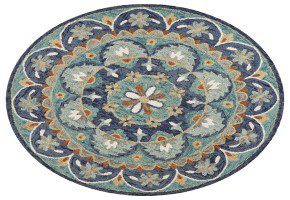 Round Rugs
Round Rugs 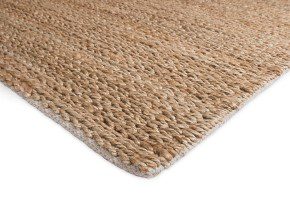 Wool Rugs
Wool Rugs  Vintage Rugs
Vintage Rugs 


 Carpet Tiles
Carpet Tiles 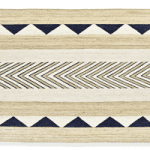 Carpet
Carpet 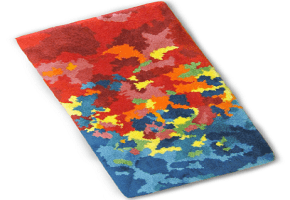
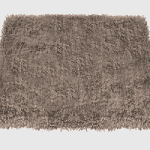 Embossed Rug
Embossed Rug  Plain Rug
Plain Rug 
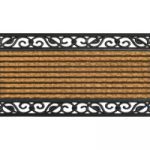 2.5'*4'
2.5'*4' 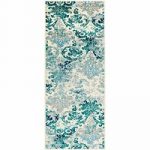 2'*3'
2'*3' 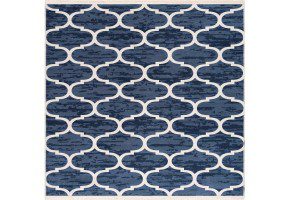 3'*5'
3'*5'  5*7.5
5*7.5 
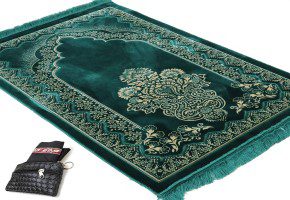






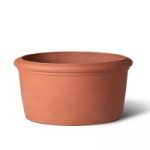
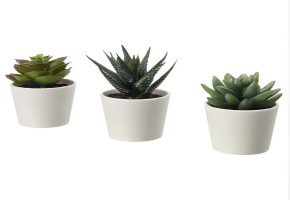
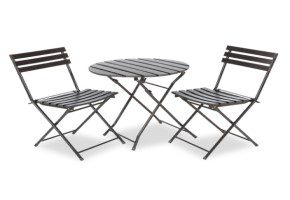



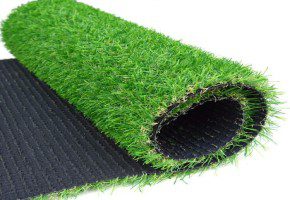 Artificial Grass
Artificial Grass  Mats
Mats 
 Soil
Soil  Fertilizer
Fertilizer  Pesticides
Pesticides 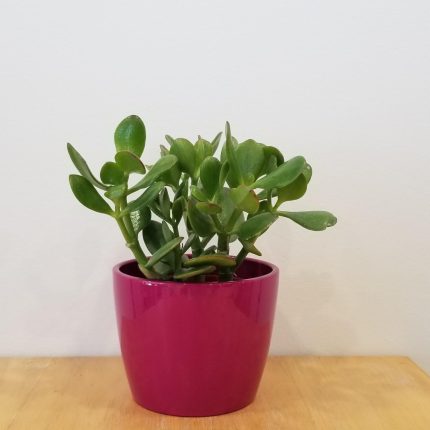
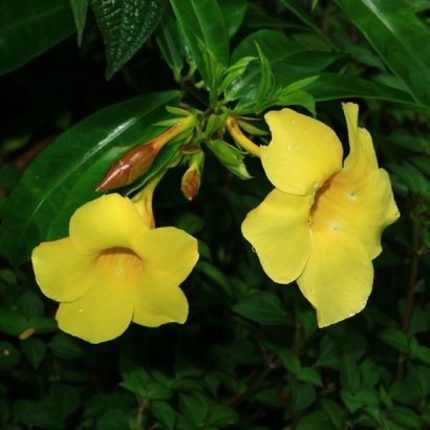
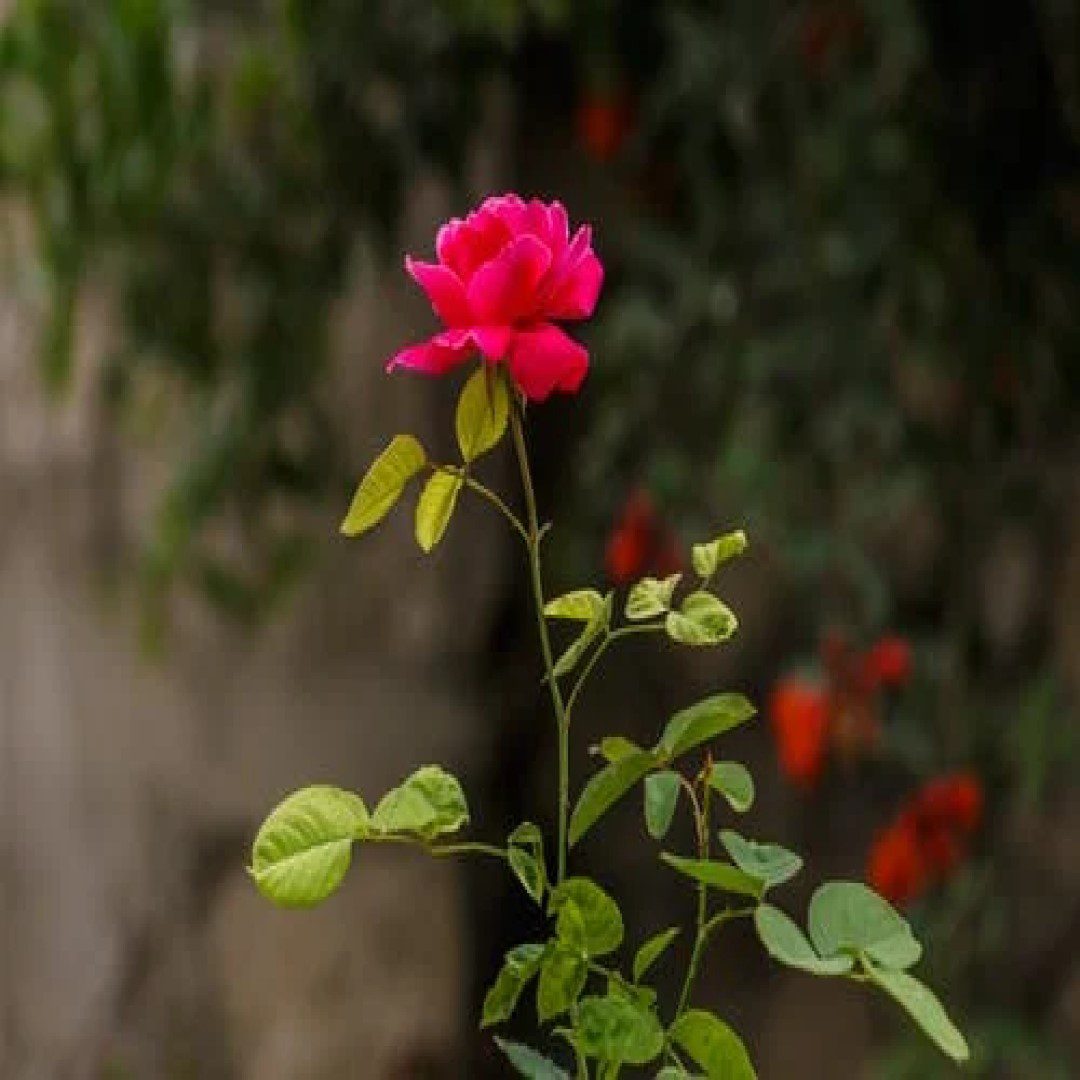
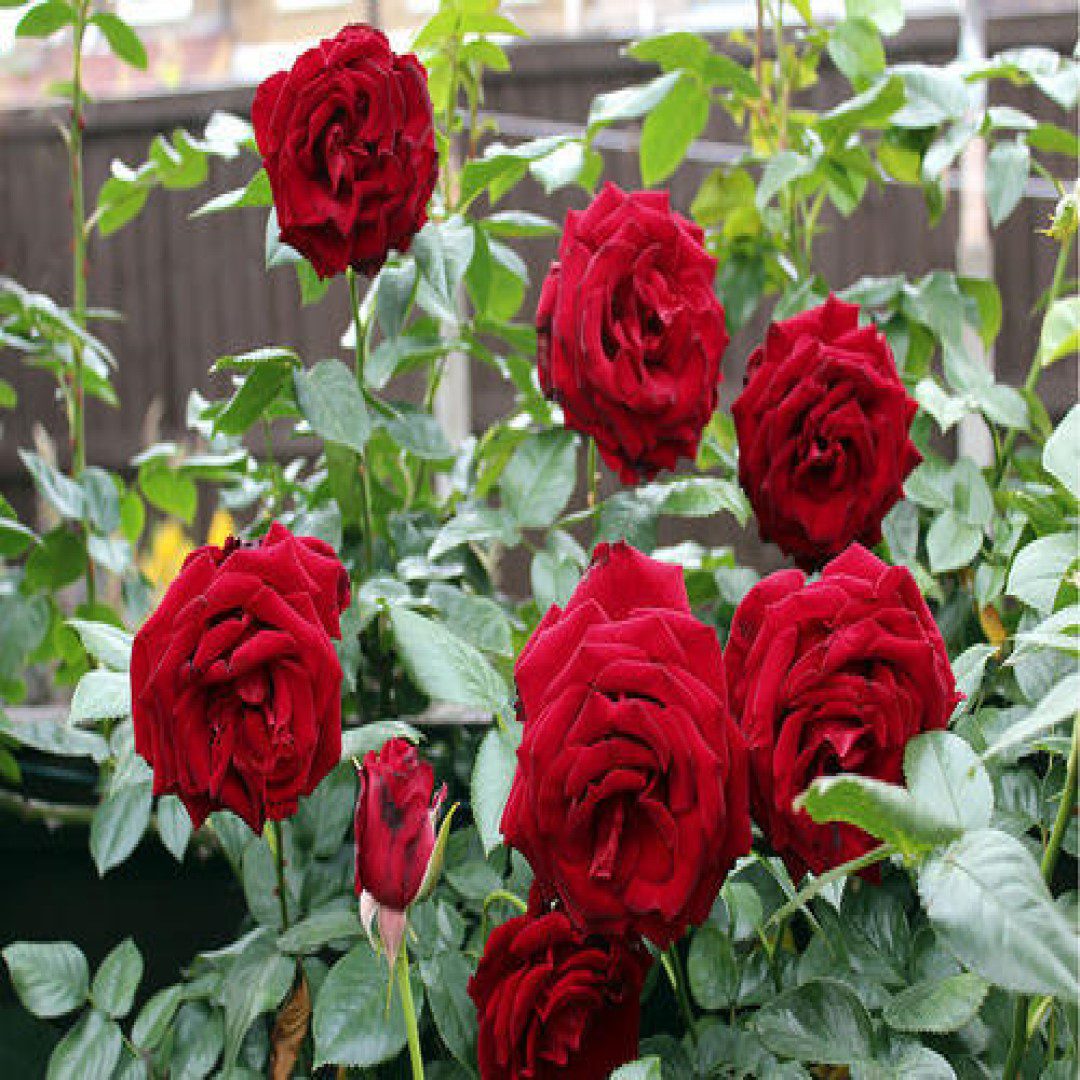
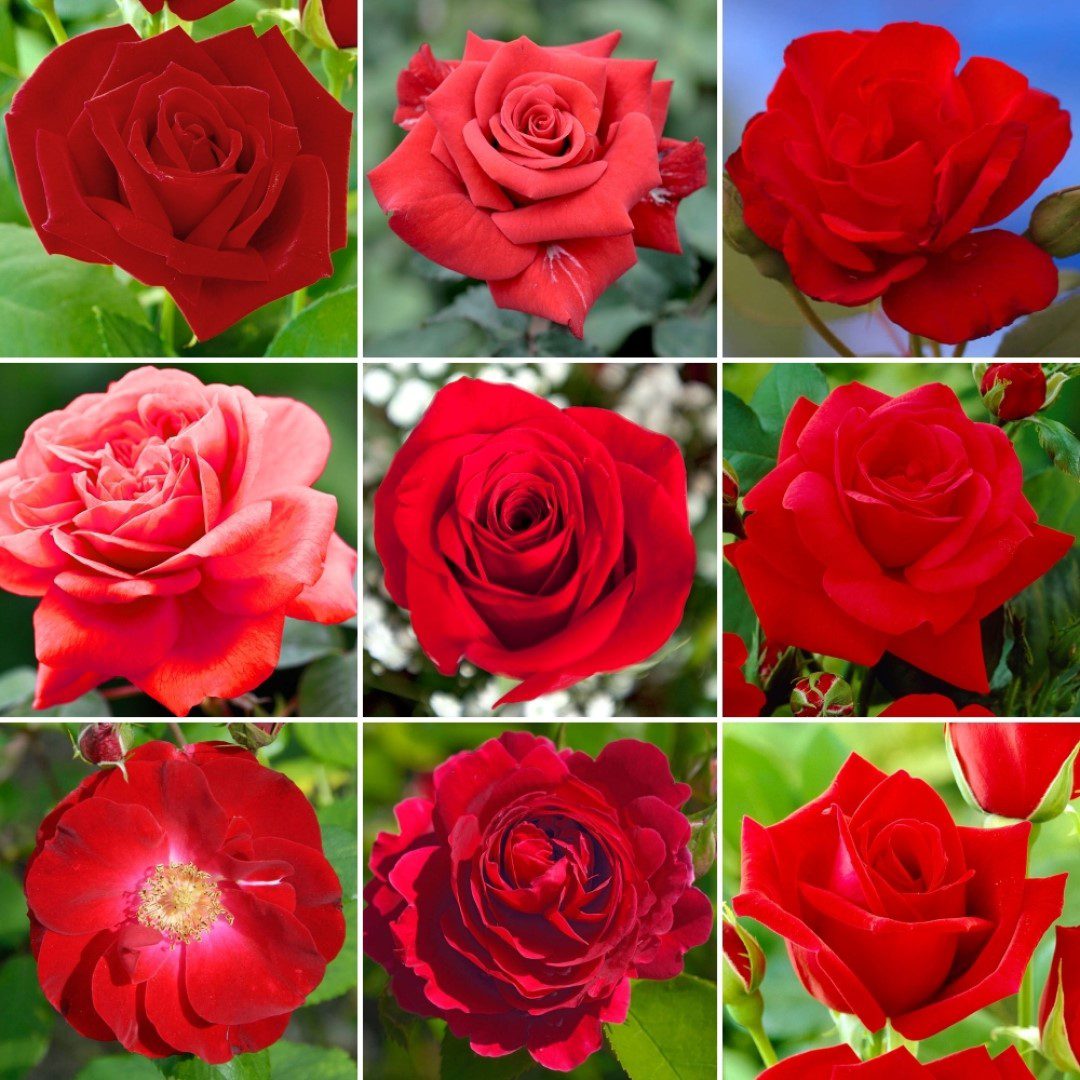
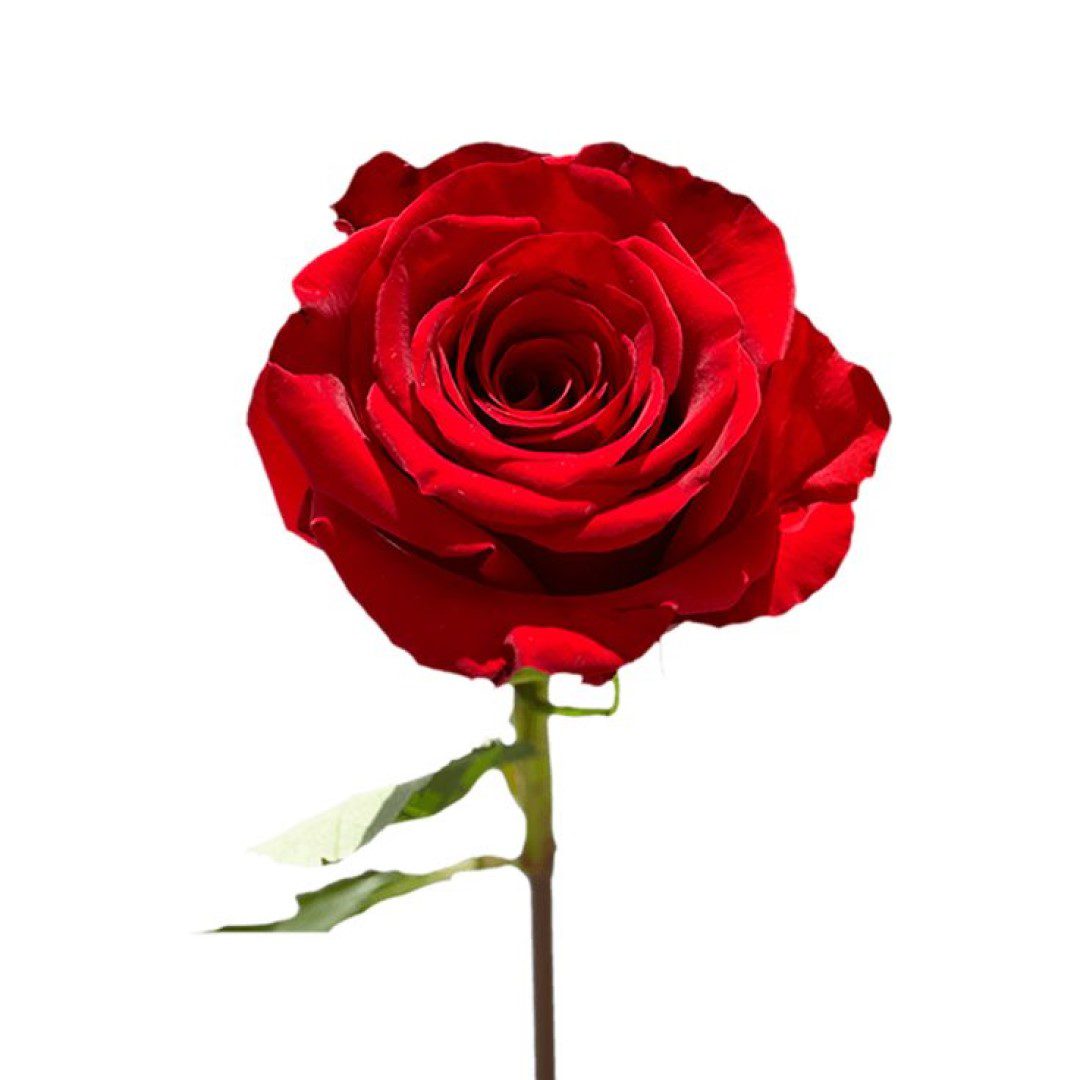
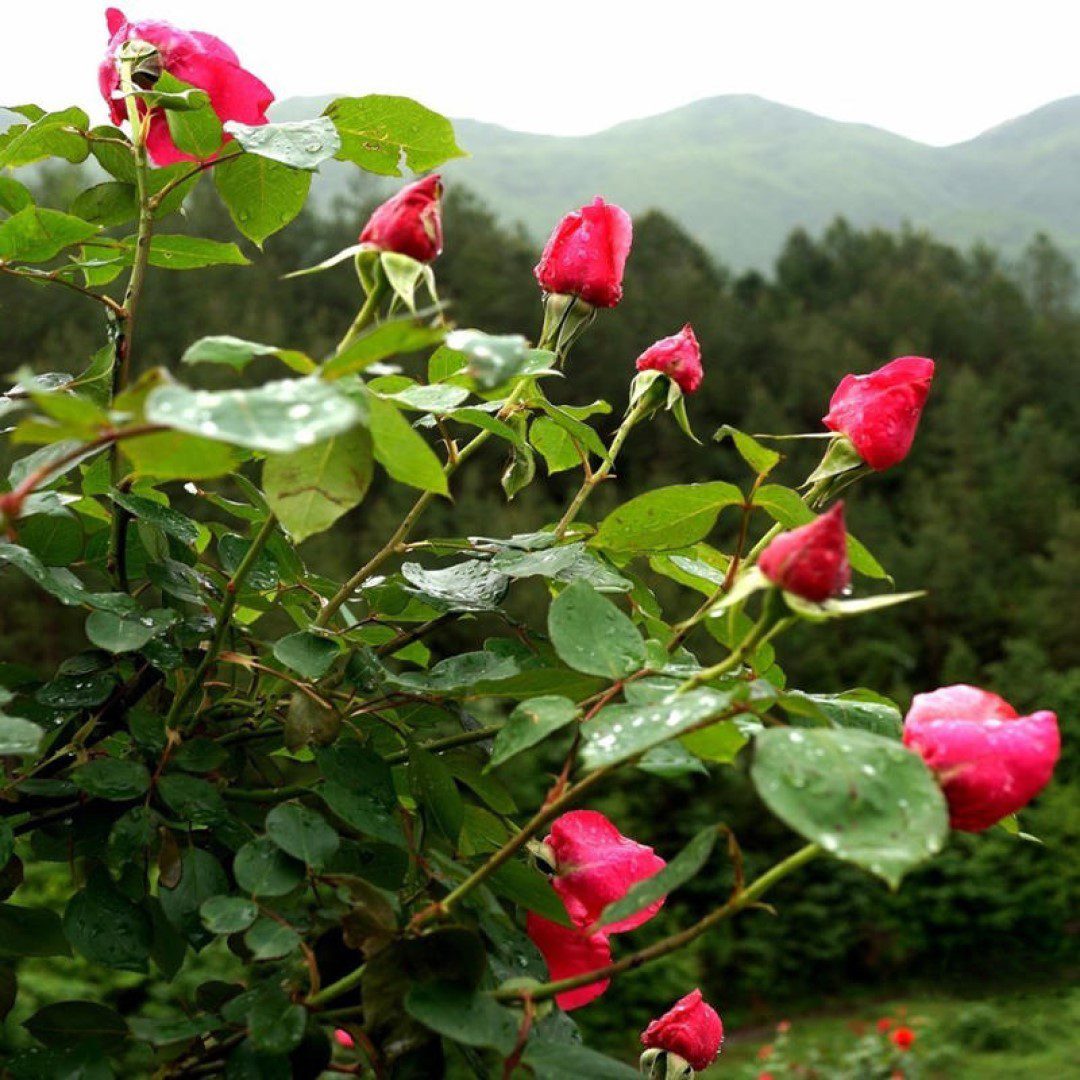
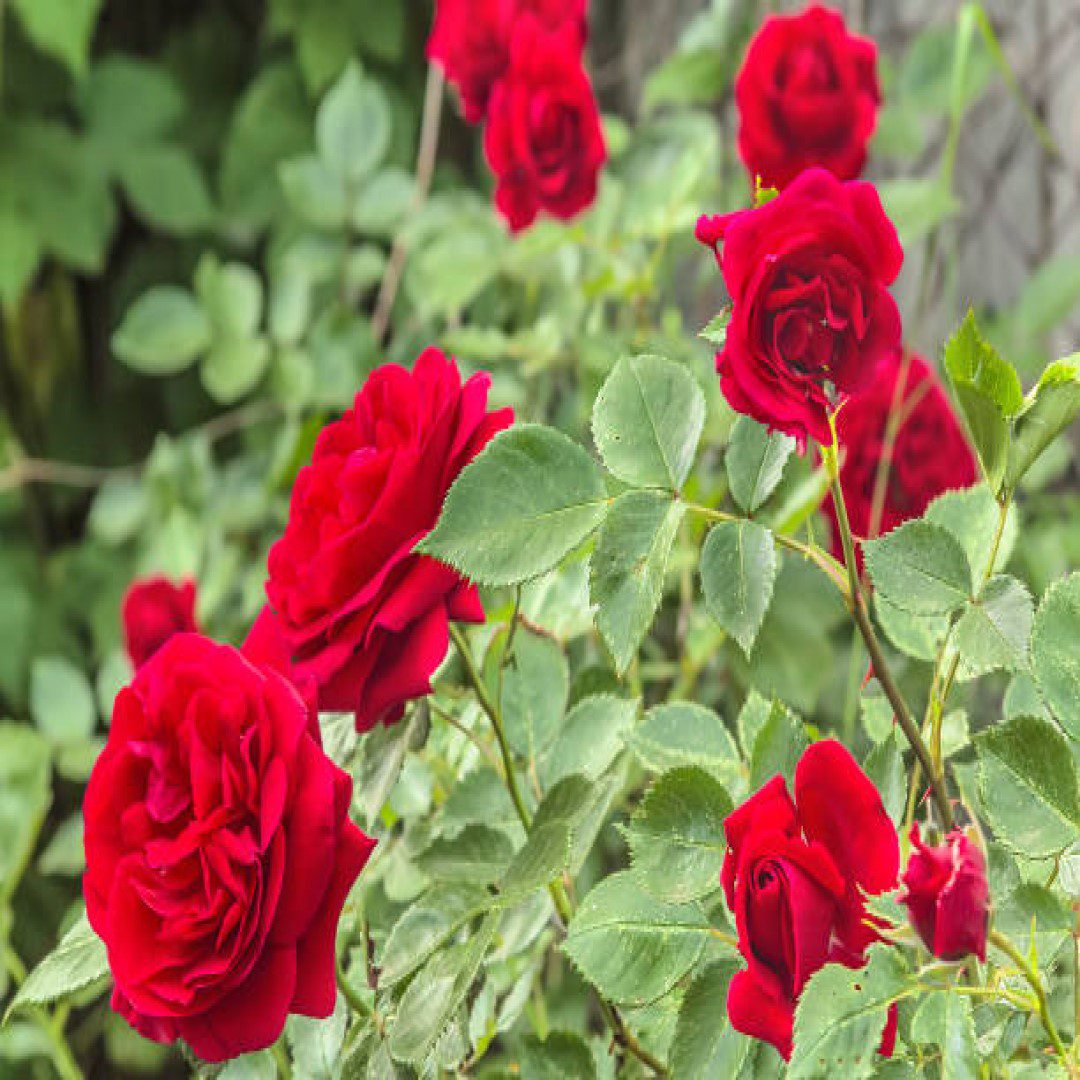
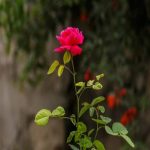
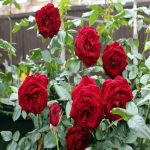
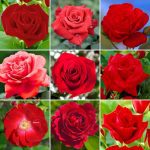

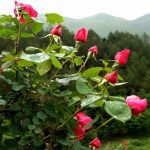
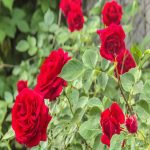
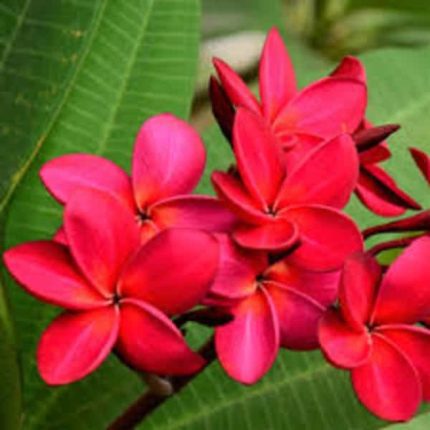
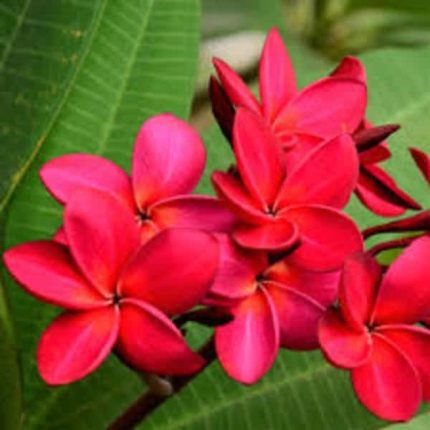
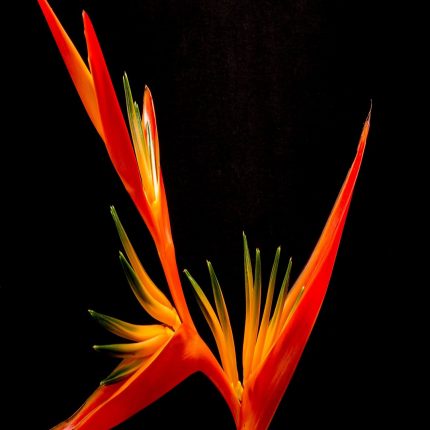

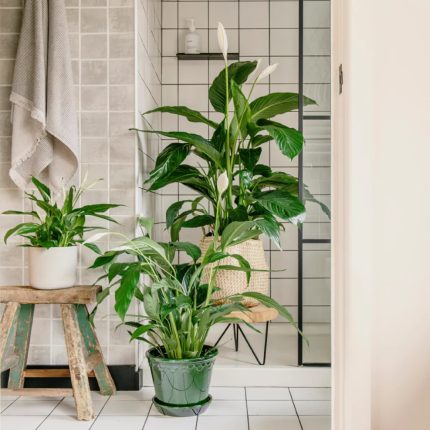
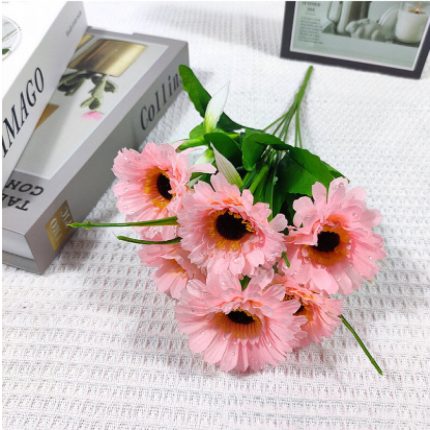

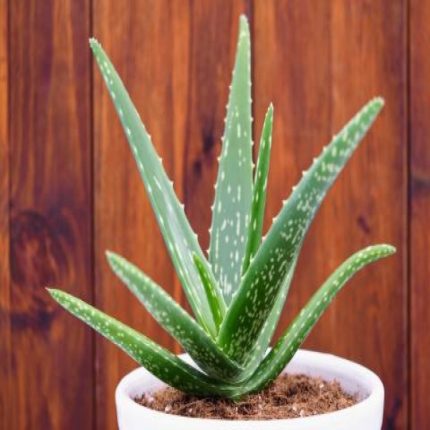
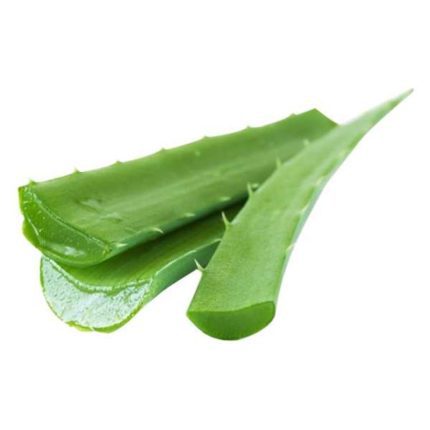
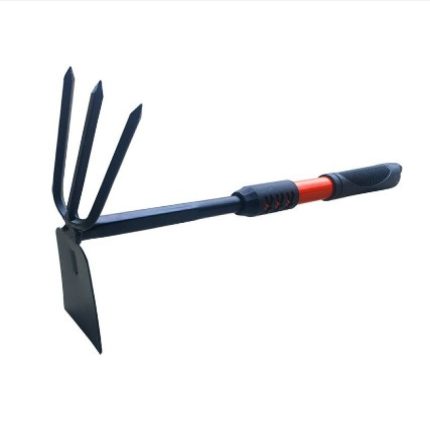


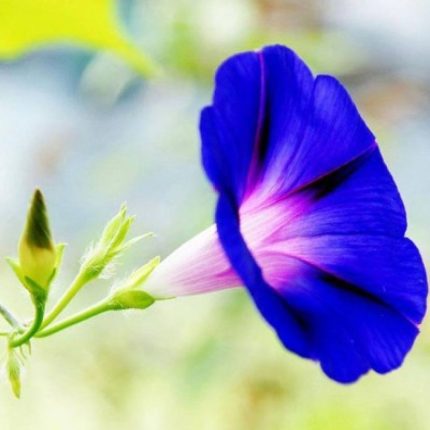
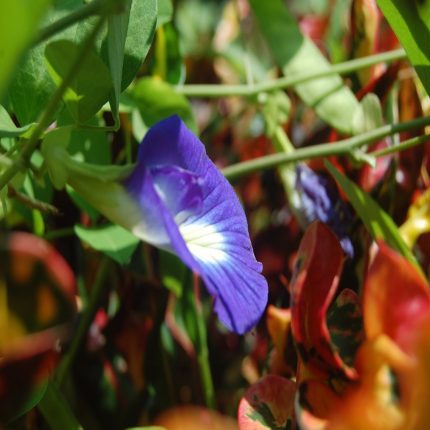


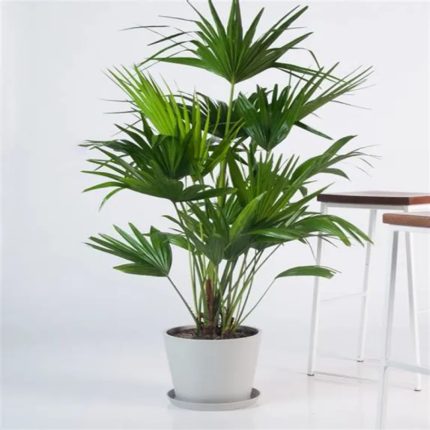

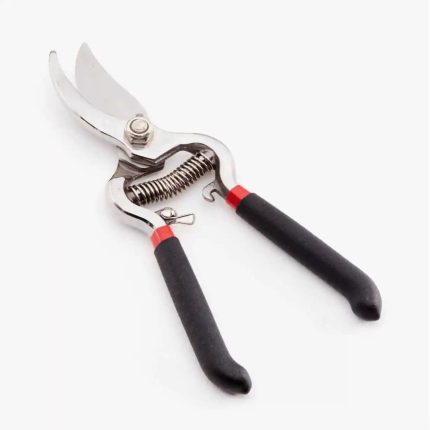



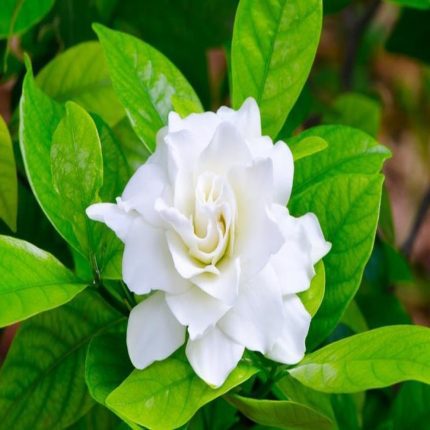

Reviews
There are no reviews yet.